Now a month into 2025, I am taking a look back at my favorite films from the past year. We saw another great year for cinema, and while I continue to tackle new writing projects, I always strive to keep up with new releases and record my thoughts here. I’m thankful that my audience has continued to grow despite my sporadic publishing schedule, and I am incredibly grateful for each and every one of you for sticking with me.
I usually publish this annual list on New Year’s Day, but this year, I decided to take a few extra weeks to catch a couple films that did not get a wide release until January — and I am glad I did, as several of them made it onto this list! But while I managed to watch more movies this year than any other, as always, I could not make time for every film I wanted to see. Some of the movies I missed include Nosferatu, Sing Sing, I’m Not Here, and The Seed of the Sacred Fig. Because of these blind spots this list is subject to change. I plan to watch and review these films as soon as possible, and if any of them should be included in this list, I will note the change in the individual reviews and update their placement on my Letterboxd list.
Before the top ten, one last disclaimer: in any given year, there are always more noteworthy films than there are spots on this list. Honorable mentions for 2024 include Anora, Janet Planet, Challengers, I Saw the TV Glow, Kneecap, Wallace & Gromit: Vengeance Most Fowl, His Three Daughters, Conclave, The Bikeriders, and Dune: Part 2. Be sure to check out these omitted films in addition to the following movies.
10. “Daughters” — dir. Natalie Rae & Angela Patton
The only documentary to make it onto this list, Daughters — a film about four girls who get to reunite with their incarcerated fathers at a daddy-daughter dance — might seem poised to exploit the circumstances of both parties to manipulate the viewer’s emotions. Instead, the film manages the opposite effect. While incredibly small in scale, Daughters articulates the individual consciousness of its subjects and galvanizes the viewer to recognize how the carceral state not only survives, but thrives on the estrangement of family and community. Through a subtle but striking use of expressionistic visual grammar, Daughters posits that the silhouette of the carceral state will forever be entwined with the families that it separates, dividing shared truths to ensure the strength of its grip. Check out my full review here.
9. “Memoir of a Snail” — dir. Adam Elliot
In a year full of incredible achievements in animation, Memoir of a Snail managed to strike the deepest emotionally. An eerie, Edward Gorey-esque meditation on constant despair, the film follows Grace Pudel as a child and young adult. A girl who seems to be marching a parade of never-ending misery, she only takes comfort in collecting snail-related items, slowly trapping herself beneath the weight of the shell’s spiral. But Memoir of a Snail is never interested in justifying its miserablism — rather, the film constantly undermines it, always echoing a patient mantra which promises that while beauty may be invisible now, its inevitability is an incentive to keep going. Check out my full review here.
8. “The Substance” — dir. Coralie Fargeat
The framework for conversation about female beauty standards has exhausted itself. The Substance, one the biggest horror hits of the year, mimics these vague, timid conventions before obliterating them entirely — a hyperbolic whirlwind of flesh and fluid, purely provocative stimuli to prompt absurd revulsion. But between the overwhelming stupidity and excess of The Substance, the film leaves space for gutting moments of despair, which slowly come to feel like asymmetries in an overtly artificial world. Human moments become defects in a film hell-bent on decimating the dated standards of female empowerment, exhausting every trite metaphor of its meaning in a forced effort to create a new vocabulary. Check out my full review here.
7. “A Real Pain” — dir. Jesse Eisenberg
The story of two cousins taking a tour of Poland to honor their late grandmother, A Real Pain uses the fraught territory of Holocaust tourism to take comic jabs at how we wrestle with the grief of loss and the gratitude of survival. When our pain is so deeply mapped onto our bodies, it begins to feel menial, and in accepting the ubiquity of pain, we either hold it awkwardly close to our chests or use it transactionally to build relationships. But intentionally withholding or publicly performing our pain still keeps us at arm’s length from it, and existence within its shadow eventually prevents us from recognizing it at all. Mourning becomes mundane because it is a constant, and A Real Pain insists on reworking the social intricacies within an ever-present state of grief to prevent us from ever losing sight of our trauma. Check out my full review here.
6. “Kinds of Kindness” — dir. Yorgos Lanthimos
Outdoing last year’s Poor Things (which also earned a spot on my top ten list), Kinds of Kindness is a redux of Yorgos Lanthimos’s earlier and crueler aesthetics. A simple triptych with a recurring cast, the film considers the means by which love becomes control, taking a functional, utilitarian approach to capturing the body. The human form is simply a physical vessel for longing and for the perversions that result from it, but the film’s cruelty comes from a place of deep admiration for how the body moves and interacts. Kinds of Kindness not only provides a view of the destruction of the form, but it forces us to consider what comes after this abasement, revealing an appreciation for the human body and for those who value it enough to withstand its repeated destruction. Check out my full review here.
5. “Queer” — dir. Luca Guadagnino
The second of Luca Guadagnino’s two 2024 hits, Queer is a tactile depiction of writer William S. Burroughs — a lyrical chronology of a man tossed between overwhelming lust and intoxicating loneliness. Queer’s matte, cartoonish image of the world contorts in accordance with the ebbs and flows of its protagonist’s longing, an examination of the physical dimensions of human desire without ever leering at the public dimensions of deviance. As the film becomes increasingly distorted, we are no longer convinced whether this intense longing is a search for overwhelming feeling or a desperate attempt to forever flee from it. A psychedelic, tactual journey, Queer tracks the development of a desire fleeting and futile, but debilitating nonetheless. Check out my full review here.
4. “The Brutalist” — dir. Brady Corbet
Daunting in length and immense in execution, The Brutalist probes the conventions of Great American Projects and the exploitation inevitable to their construction. Following László Tóth, a Jewish architect from Hungary who flees post-Holocaust Europe to build a life in America, the film considers if its forced magnitude can condemn the follies of this kind of project by replicating them. Capturing the immensity of László’s creations in vivid VistaVision, The Brutalist reverse-engineers a nation’s narratives by pointing so intently to their craft that it undermines their very construction. No matter how much concrete we lay in honor of our exceptionalism, there is always the land that came before it. Where we see victorious conquest, there is always a tragedy in tow. Full review coming soon.
3. “La Chimera” — dir. Alice Rohrwacher
On paper, La Chimera might seem like something trapped in the formalities of contemporary indie darlings — an 1980s Italian period piece shot on multi-format film starring one of the year’s most popular heartthrobs — but the film is far from formulaic. Following Arthur, the leader of a group of tomborali (Italian tomb raiders), who is blessed/cursed with visions of the tombs, La Chimera considers the mechanisms of storytelling while teetering just on the precipice of death. The film tracks a loss by walking this edge, forcing a fractured and illogical conversation between past and present. Bereavement has a mystic power of detaching us from the living, so Arthur seeks conquest amongst the dead, detaching him from the living even more. Overtly told with the structure of a classic ballad, La Chimera is a touching and never-ending search for what was lost a long time ago.
2. “To A Land Unknown” — dir. Mahdi Fleifel
To a Land Unknown tells the story of two Palestinian cousins, now refugees in Athens, who have resorted to petty theft in hopes to buy fake passports to reach Germany. As their circumstances grow increasingly dire, the two increase the intensity of their crimes, eventually targeting other refugees and predicating their survival on the replication of their circumstances. But while its protagonists compromise their morality, To a Land Unknown never compromises its empathy, suggesting that these actions are not inhumane but instead are taken so their humanity can be more fully realized. The structure of brutality is so effective that it can force its victims to also be its conductors, multiplying its efficiency by pitting its wounded against each other and nudging them with a false sense of hope. While To a Land Unknown won’t get a wide release until February, I was lucky enough to catch it at the Boston Palestine Film Festival and I can’t wait to experience it again once it hits theaters next month. Check out my full review here.
1. “Nickel Boys” — dir. RaMell Ross
I can’t remember the last time a film has as profound an effect on me as Nickel Boys. Beginning with a montage of simple sensory experiences shot entirely from first-person point of view, the film follows a friendship between two boys at Nickel Academy, a racist and abusive reform school in 1960s Tallahassee. Their friendship materializes through their shared first-person perspective, their opposing outlooks woven together into an intricate waltz of resilience that alternates between hoping to be remembered and accepting the oblivion of the fact that you definitely won’t be. As the past and present converge into one, Nickel Boys declares its emancipatory perspective through simple moments lived in real time — the subjective lyricism of singular lives clashing with the weight of their images as analogs for all those who have been erased by the unimaginable cruelty embedded within our state. Check out my full review here.
That’s all for my year in review — but keep an eye out for any forthcoming changes as I try to knock the last few 2024 films off my watchlist. Thank you so much to anyone who contributed to my writing this year, and here’s to a great 2025!






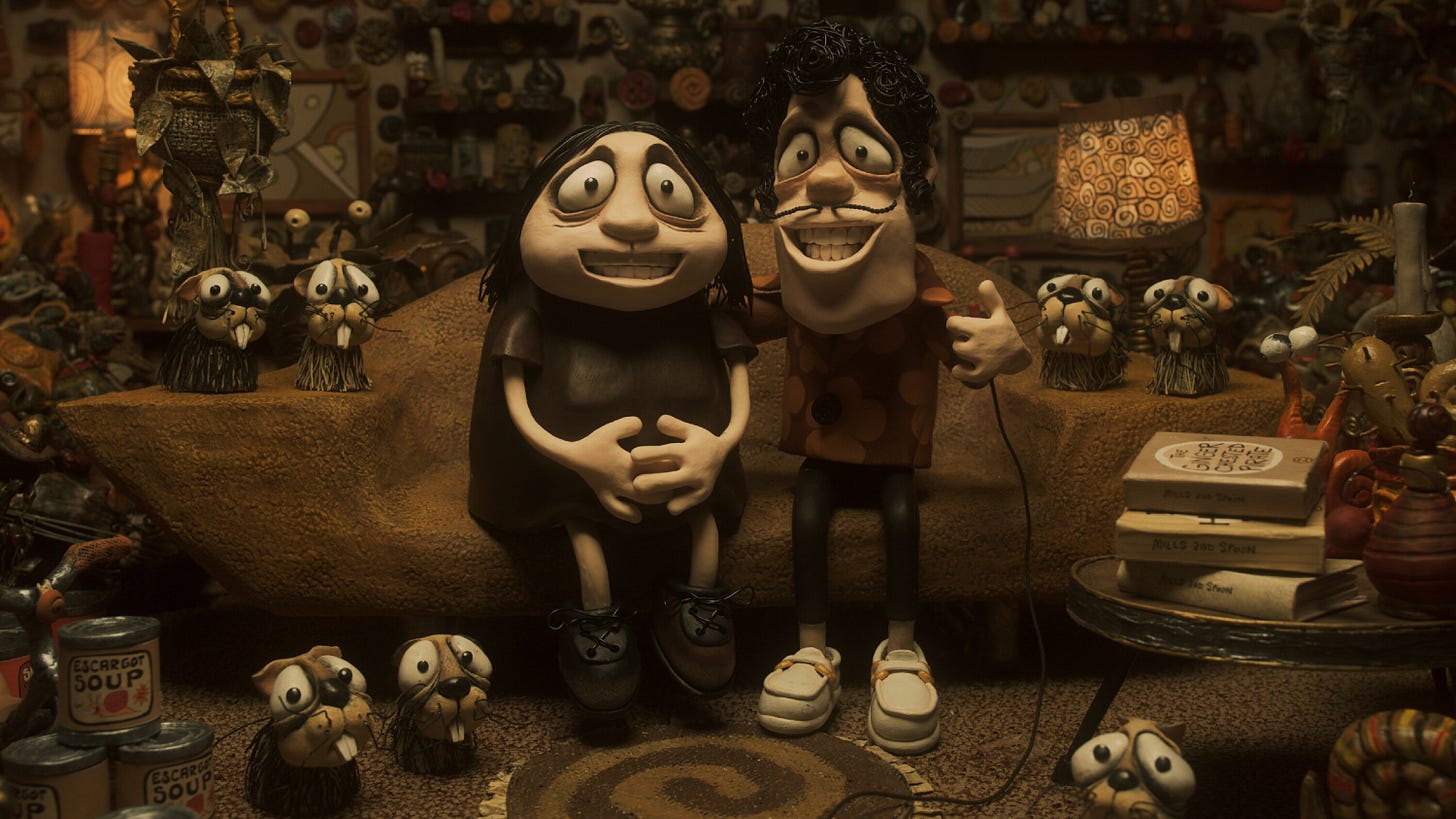

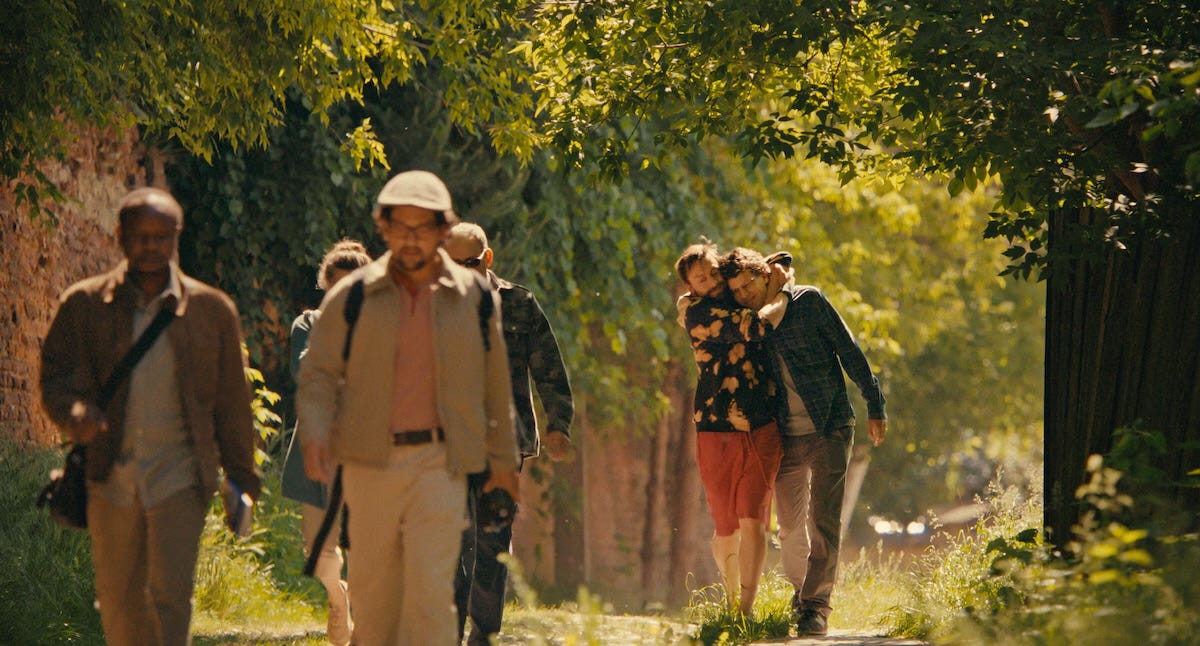
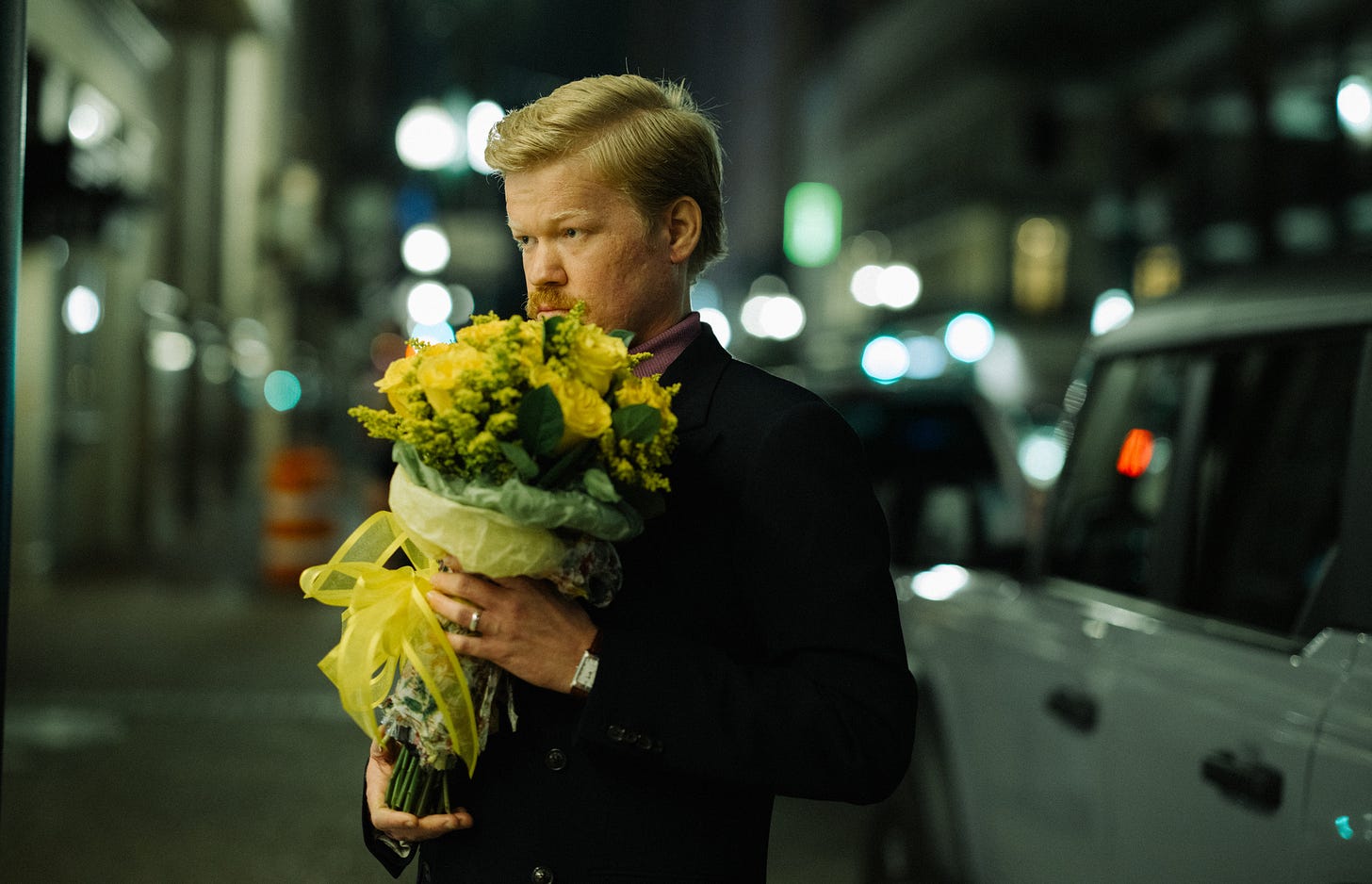
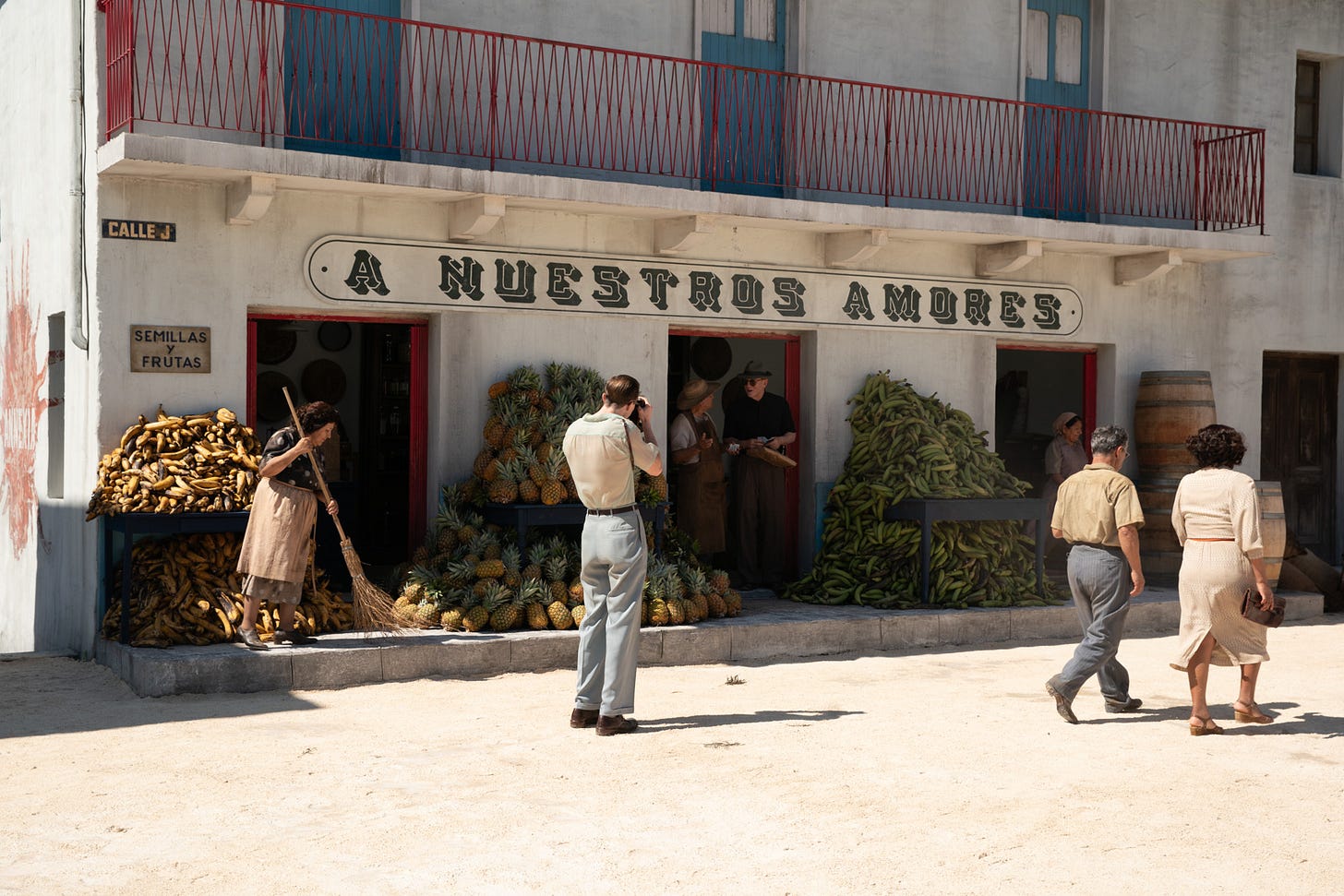
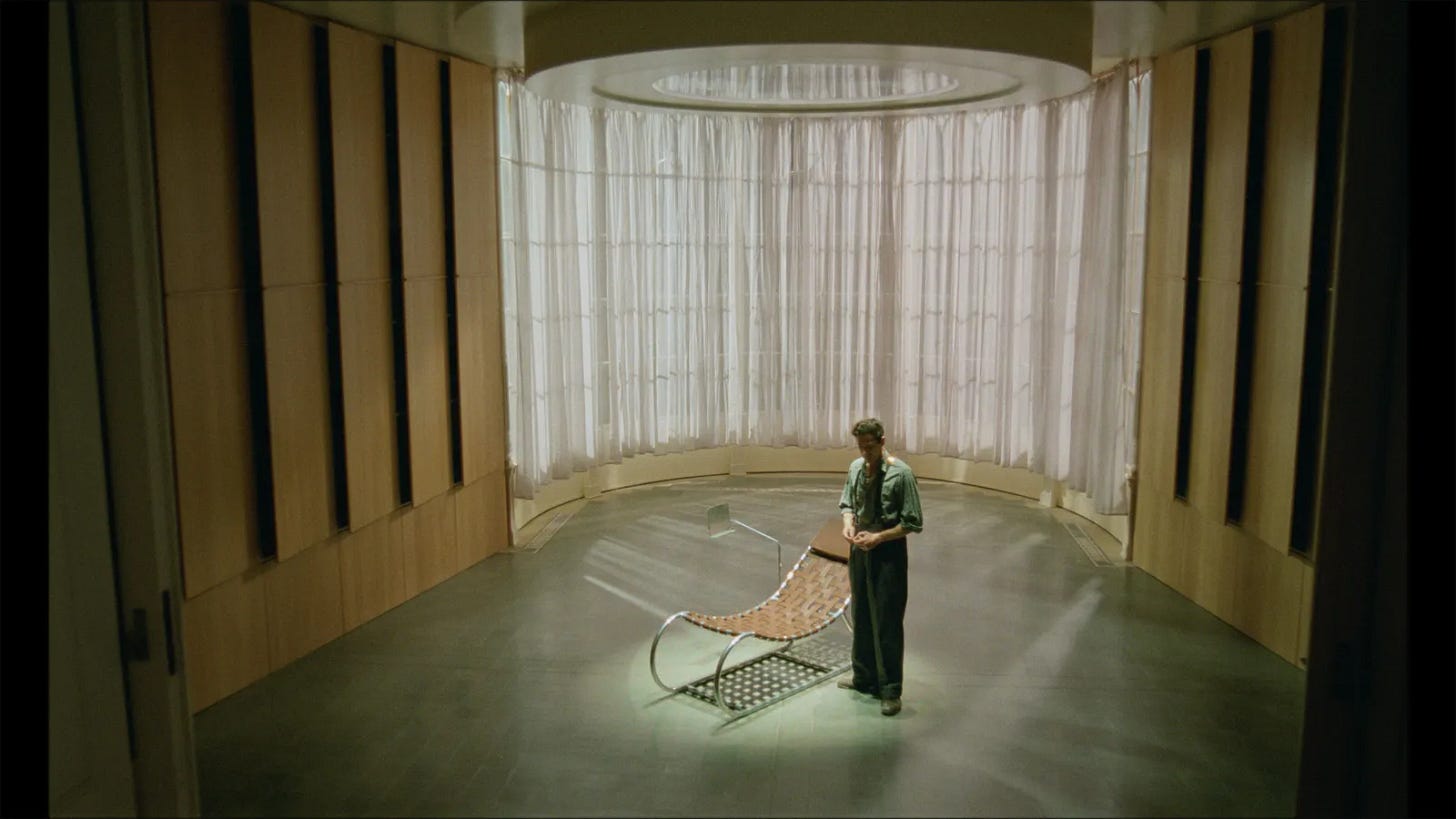

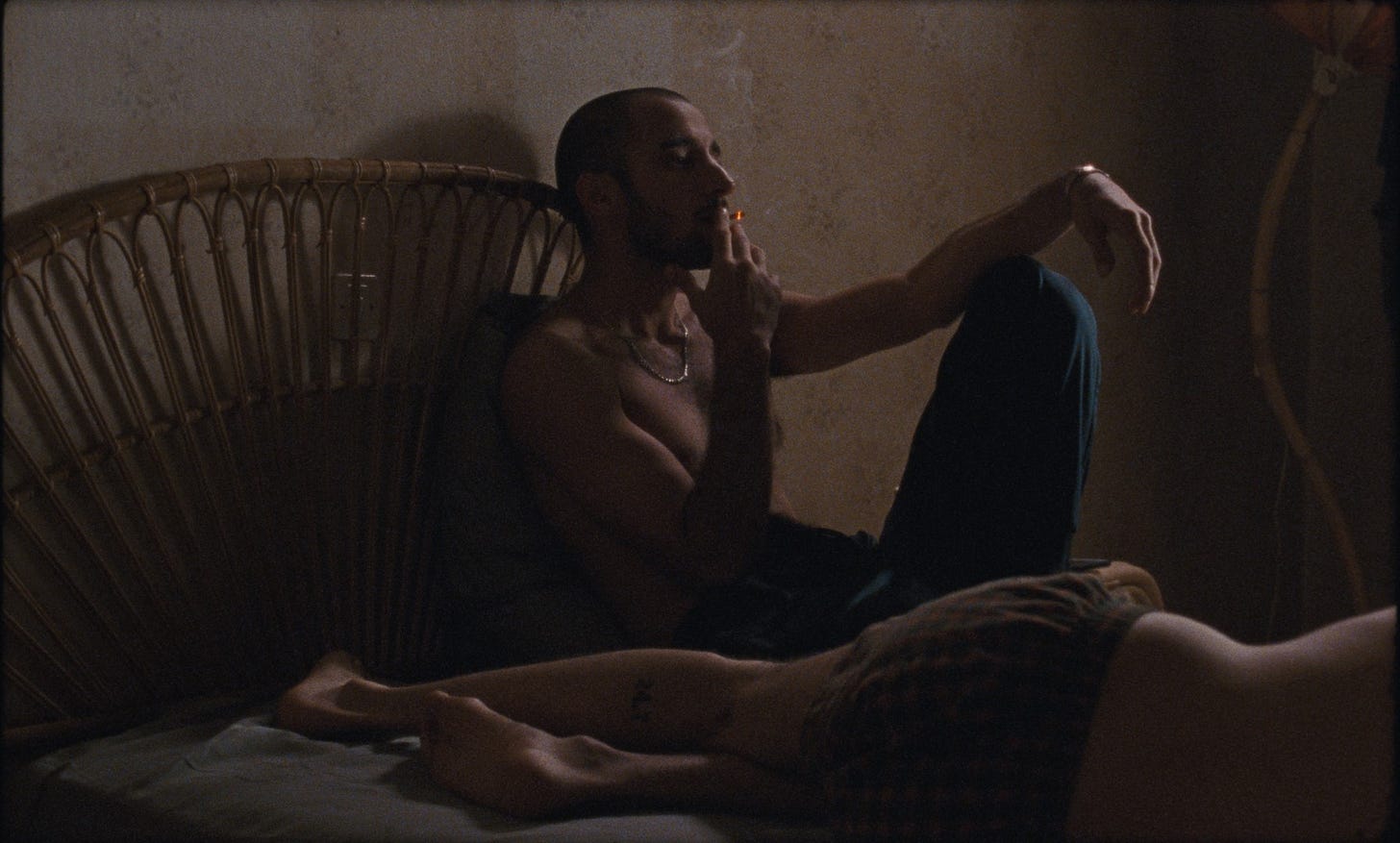
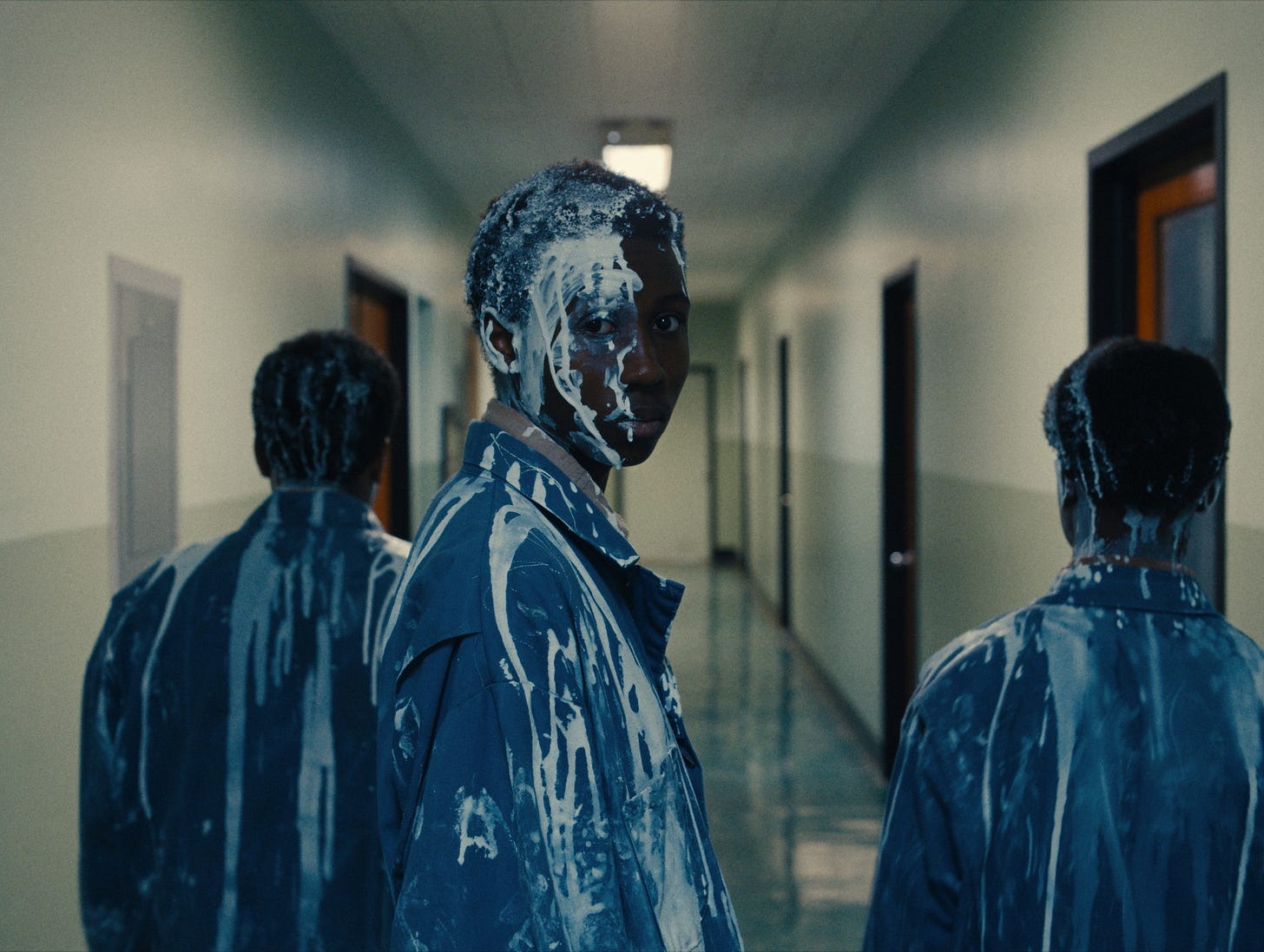
Here, here! How happy I am to have seen some of these with you :) and now I know what to add to my 2024 watchlist: 10, 9, 8, 5, and 2.
Also, TRUTH: "No matter how much concrete we lay in honor of our exceptionalism, there is always the land that came before it. Where we see victorious conquest, there is always a tragedy in tow."
these are the members of the Airplane . . . .